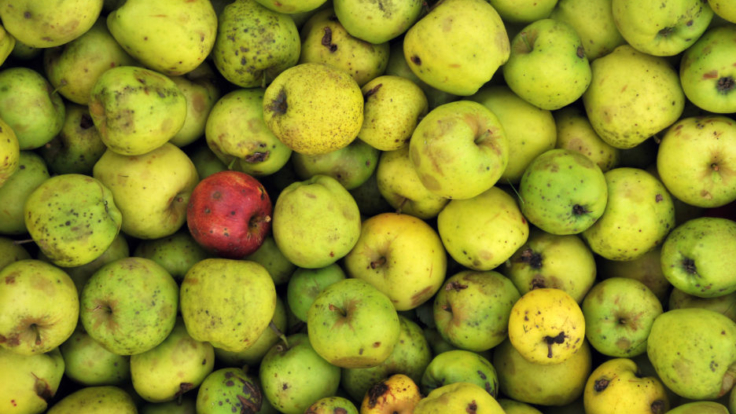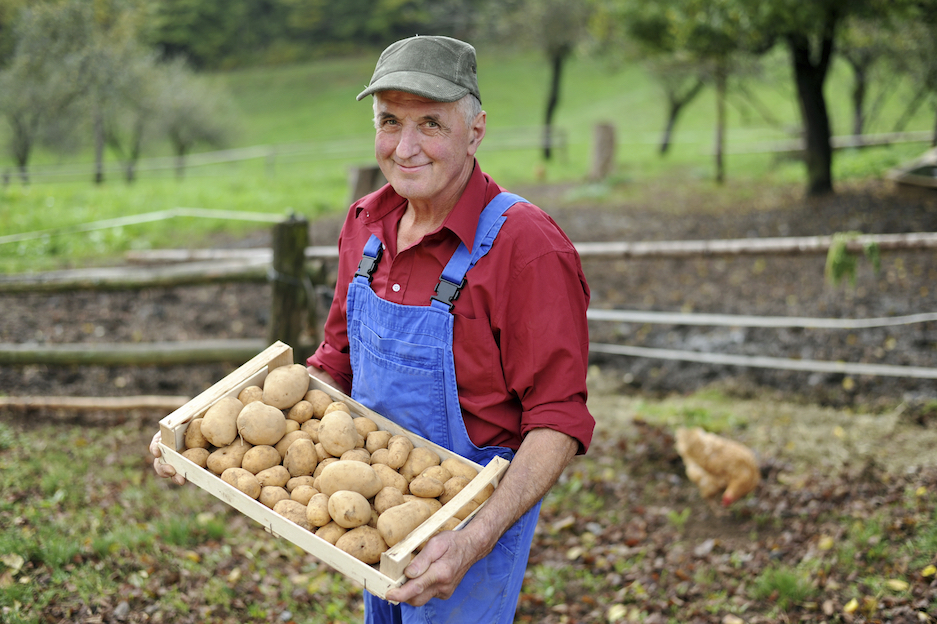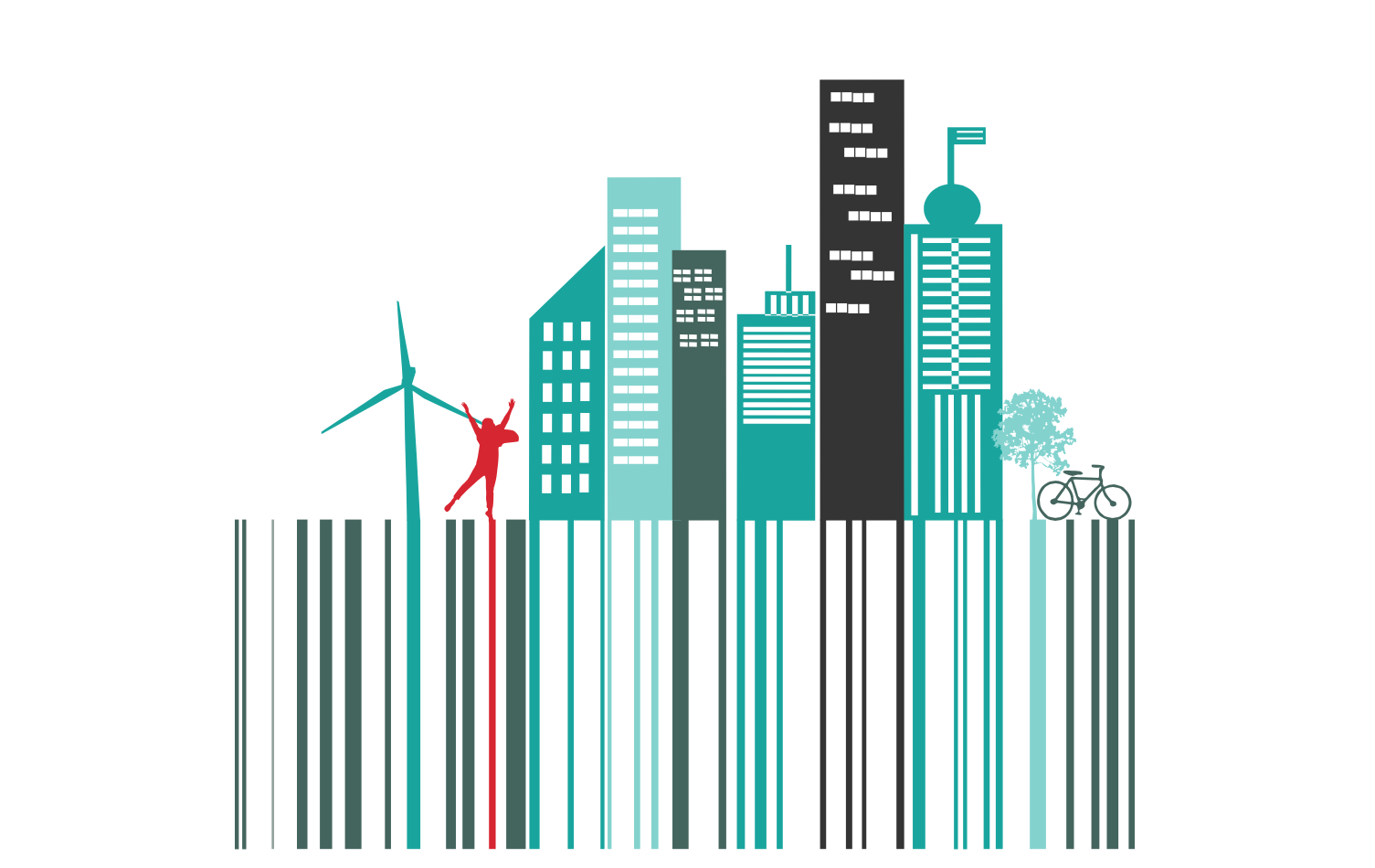Do Food Standards Inhibit Trade in Ugly Produce?
It’s grocery day and you’re in the produce aisle searching for the perfect Galas, Red Delicious or Honey Crisps. After scanning for bruises or dents, you toss the winners into your cart and move on, thinking about the next item on your list. This quick decision at the grocery store may seem inconsequential, but it’s actually part of a much larger problem of global food waste.
The United Nations Food and Agriculture Organization (FAO) estimates that one-third of food produced for human consumption gets lost or wasted every year — adding up to 1.3 billion tons of food at a hefty $1 trillion price tag. Fruits and vegetables are the most wasted of all, with as much as 40 to 50 percent of crops landing in the trash each year.
For developed countries like the United States, retailer and consumer behavior play a huge role in food waste. But standards set at the international, national and retailer levels that dictate what our food “should” look like also play a role. These standards essentially act as a funnel for the type of produce available in our stores, often leaving less-than-perfect produce out in the cold.
Getting to the core of food standards
Consumers need to know that food traded across borders is safe for consumption, and importers need to be able to trust the quality of the products they order from farmers in other nations. In 1963, the United Nations Food and Agriculture Organization (FAO) and the World Health Organization (WHO) created the Codex Alimentarius Commission (CAC) to protect health and facilitate trade in safe food.
The CAC is made up of 188 member countries and one member organization (the European Union). It’s the international body in charge of creating the international “Food Code”— a set of standards, guidelines, and codes of practice to ensure the safety and quality of globally traded food. The Codex’s Food Code covers everything from proper food hygiene, food additives, pesticides, contaminants, labelling and presentation, methods of analysis and sampling, and import and export inspection and certification.
Adhering to Codex standards is voluntary, but WTO members are encouraged in the WTO’s Agreement on Sanitary and Phytosanitary measures (SPS Agreement) to adopt Codex food standards on as wide a basis as possible. Search the Codex standards for any of your favorite products and you’ll find a list of specifications that apply to each product. According to the six-pages of Codex specifications for apples, for example, they must be firm, clean, free from pest damage, free from damage caused by low or high temperature, and more.
National standards can go even further. The U.S. Department of Agriculture has its own 13-page set of standards for how apples should look based on color, size and shape. Add on additional standards from individual retailers, which can be even more stringent regarding the appearance they think matches consumer expectations, and apples now have to be pretty close to perfect to find a space on your grocery store’s shelves.
Food loss and waste in supply chains
But not all apples are perfect, and many that meet these standards still get lost or wasted. Food loss and food waste happen in various stages along the supply chain from the farm to processing facilities, at the grocery store, and in your home. Industrialized countries are the biggest squanderers, wasting $680 billion worth of food each year, versus $310 billion in developing countries (despite producing roughly the same quantity of food).
For developing countries, food loss most often occurs at the beginning stages of the value chain, due to various constraints like limited access to advanced storage and cooling facilities. For higher income countries like the United States, more food is wasted toward the end of the supply chains at consumer-facing businesses like grocery stores and restaurants, and at homes.

It’s not just the food that is ultimately wasted, but also the resources used to grow the food. According to nonprofit ReFED, American consumers, farmers and business spend over $218 billion a year growing, processing, transporting, but ultimately disposing of food that is never eaten, consuming water, fertilizers, and cropland along the way.

Don’t judge a fruit by its peel
ReFED estimates that we lose 10 million tons of cosmetically imperfect or unharvested food each year at farms. This lost food is often just left in fields to be tilled under since it costs more for farmers to harvest the food than they can get for it from retailers imposing strict cosmetic standards.
Various start-ups and big-name chains have started selling “ugly” produce —misshapen, scarred, or discolored fruits and vegetables— to consumers at a discount to cut down waste and raise consumer awareness.
One example is start-up Imperfect Produce, which delivers boxes of misshapen eggplants, scarred avocados and bruised apples to American doorsteps at a discounted rate of around 30 percent of grocery store prices. Imperfect says it has rescued $40 million pounds of food through its subscription food service.
Even big box stores have tried their hand at selling ugly food. Walmart, the world’s largest grocer, started selling “I’m Perfect” apples with cosmetic defects to customers in over 300 stores in Florida in 2016 as part of a larger push toward limiting food waste.
Has ugly food had its time in the sun?
Despite its growing popularity, not everyone is sold that ugly food is serving a real need. Skeptics point out that farmers already have other ways to utilize ugly produce, like manufacturing misshapen apples into a number of processed foods like apple sauce or juice, or using it in fertilizer or animal feed. Other concerns include diversion of fresh produce donations away from food banks for people in need to customers who are willing and able to pay.
There are also questions of how successful ugly food programs have been for bigger retailers. In February, the Associated Press reported that you can no longer find “I’m Perfect” apples on Walmart shelves, as Walmart and other major retailers had quietly ended their ugly food tests. Some potential challenges include growth and scale, as well as a lack of a steady supply of ugly foods.
Is there a future for international trade in ugly food?
As companies continue to experiment with the best ways to cut down food waste – from selling ugly produce, home composting kits, and apps that deliver leftover food — the topic has become a hip way for people, especially millennials, to get personally involved with limiting food waste.
For now, trade in ugly produce is a local trend serving a niche market. But if it does go global, there are a number of changes that would need to be made to standards at international, national and retailer levels on how we define what food “should” look like. More inclusive food standards could ultimately result in keeping more ugly produce out of the trash, and into the bellies of people who need it.










